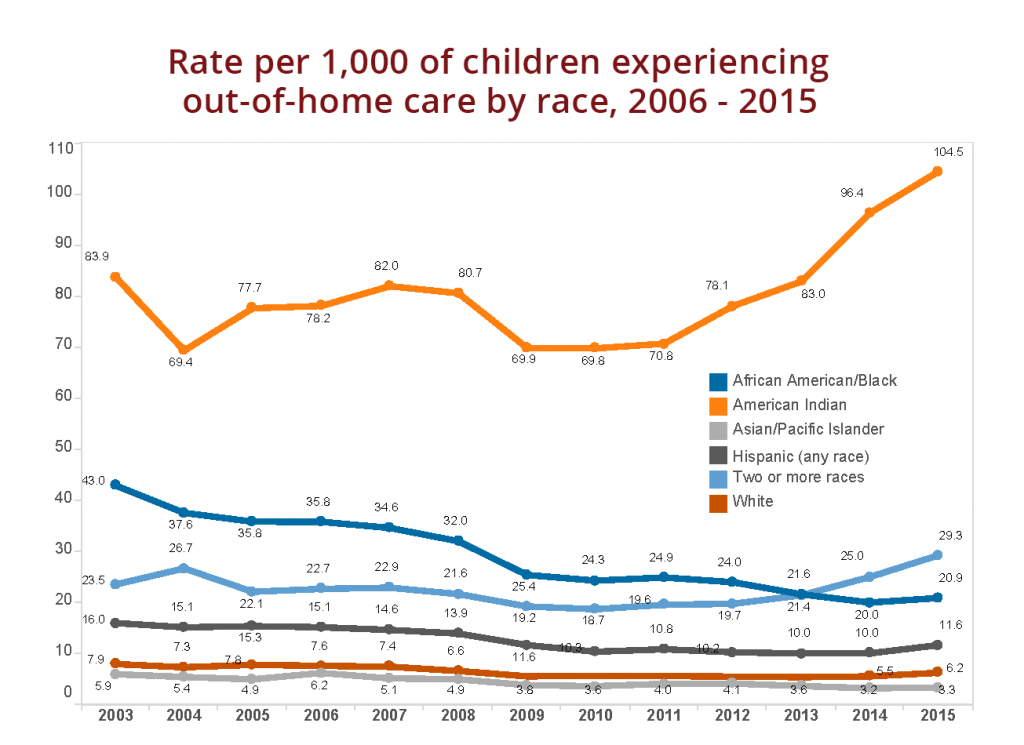The Minnesota Department of Human Services (DHS) has recently released a revised version of the Child Maltreatment Intake, Screening and Response Path Guidelines for use by county and tribal child protection agencies in Minnesota.
A full listing of the changes from the previous version of these guidelines are included in the January 5th, 2017, bulletin. DHS plans to update these guidelines annually.
Some of the changes include:
- MN DHS is responsible for investigating alleged child maltreatment in a number of settings; this update added that they will also investigate when an alleged victim was maltreated while in extended foster care (page 10).
- Among questions suggested for a screener to ask a caller reporting abuse, language was added to identify whether the child was involved in sex trafficking (page 18).
- Additional guidance was written to inform counties of the requirements set forth to ensure 24-hour coverage of phone lines for screening reports. Calls must be screened by the social service agency or a contracted entity if after regular business hours. Within 24 hours of receipt, regardless of when the call occurred, the call must be screened for imminent danger. If imminent danger is suspected, the social service agency must have face-to-face contact immediately (within 24 hours) (page 22).
- Language to clarify that reports detailing maltreatment that took place more than three years ago must be documented and screened, even though mandated reporters are only required to report abuse that has occurred within the last three years (page 27).
- Information was added to guide the process of screening sexually exploited youth, as statute will change effective May 29, 2017, to consider reports of child sex trafficking as child sexual abuse (pages 40-43). The guidelines also specify how screeners should handle cases of alleged sexual exploitation until the new statute goes into effect.
- An additional example of threatened injury was added: when a child is born to a parent who has another child under a Child in Need of Protection of Services petition (page 53).
- When domestic violence is present, for a case to be screened in, there must be alleged child maltreatment that meets statutory criteria (page 54).
These guidelines were developed by DHS, in consultation with many stakeholders, to give direction to local agencies, cultivate consistency across the state, and provide information to the public around screening practices for child maltreatment.
 The annual Out-of-home Care and Permanency Report 2015 was recently released by the Child Safety and Permanency Division of DHS. Notable findings include an 11.8% increase from 2014 to 2015 in children who experienced out-of-home care. Additionally, racial disparities continue to be an issue, with American Indian children 16.9 times more likely to be placed in out-of-home care, and African American children 3.4 times more likely.
The annual Out-of-home Care and Permanency Report 2015 was recently released by the Child Safety and Permanency Division of DHS. Notable findings include an 11.8% increase from 2014 to 2015 in children who experienced out-of-home care. Additionally, racial disparities continue to be an issue, with American Indian children 16.9 times more likely to be placed in out-of-home care, and African American children 3.4 times more likely.
Child welfare agencies across the state are working to reduce racial disparities for children removed from home. Some strategies have included enhanced training for caseworkers, especially around cultural awareness and decision-making bias; adoption of validated risk assessment tools; practice guides; and pilot projects.
Also of note is that alleged neglect and parental drug abuse were the most common reasons for removal of children from home, with drug abuse, particularly opiates, continuing to increase in Minnesota and becoming an increasing challenge for child safety and well-being.
